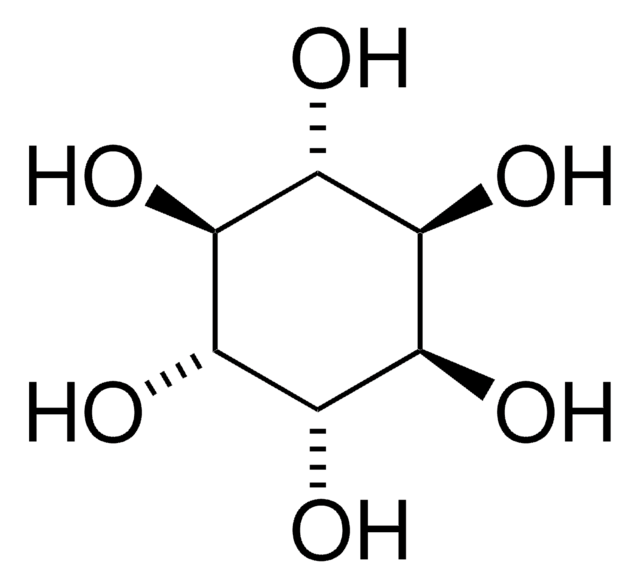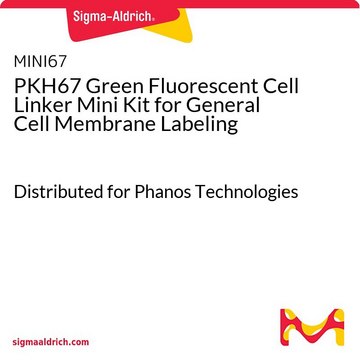Kluczowe dokumenty
S1888
Sucrose
≥99.5% (GC), BioReagent, suitable for cell culture, suitable for insect cell culture
Synonim(y):
α-D-Glc-(1→2)-β-D-Fru, α-D-Glucopyranosyl β-D-fructofuranoside, β-D-Fructofuranosyl-α-D-glucopyranoside, D(+)-Saccharose, Sugar
About This Item
Polecane produkty
pochodzenie biologiczne
sugar cane
Poziom jakości
linia produktu
BioReagent
Próba
≥99.5% (GC)
Formularz
crystals
metody
cell culture | insect: suitable
cell culture | mammalian: suitable
zanieczyszczenia
≤5 ppm heavy metals (as lead)
kolor
white
przydatny zakres pH
5.5-7 (25 °C, 342 g/L)
mp
185-187 °C (lit.)
rozpuszczalność
H2O: 500 mg/mL
temp. przechowywania
room temp
ciąg SMILES
OC[C@H]1O[C@H](O[C@]2(CO)O[C@H](CO)[C@@H](O)[C@@H]2O)[C@H](O)[C@@H](O)[C@@H]1O
InChI
1S/C12H22O11/c13-1-4-6(16)8(18)9(19)11(21-4)23-12(3-15)10(20)7(17)5(2-14)22-12/h4-11,13-20H,1-3H2/t4-,5-,6-,7-,8+,9-,10+,11-,12+/m1/s1
Klucz InChI
CZMRCDWAGMRECN-UGDNZRGBSA-N
Szukasz podobnych produktów? Odwiedź Przewodnik dotyczący porównywania produktów
Opis ogólny
Zastosowanie
Działania biochem./fizjol.
Inne uwagi
produkt powiązany
Kod klasy składowania
11 - Combustible Solids
Klasa zagrożenia wodnego (WGK)
WGK 1
Temperatura zapłonu (°F)
Not applicable
Temperatura zapłonu (°C)
Not applicable
Środki ochrony indywidualnej
Eyeshields, Gloves, type N95 (US)
Wybierz jedną z najnowszych wersji:
Masz już ten produkt?
Dokumenty związane z niedawno zakupionymi produktami zostały zamieszczone w Bibliotece dokumentów.
Klienci oglądali również te produkty
Nasz zespół naukowców ma doświadczenie we wszystkich obszarach badań, w tym w naukach przyrodniczych, materiałoznawstwie, syntezie chemicznej, chromatografii, analityce i wielu innych dziedzinach.
Skontaktuj się z zespołem ds. pomocy technicznej



